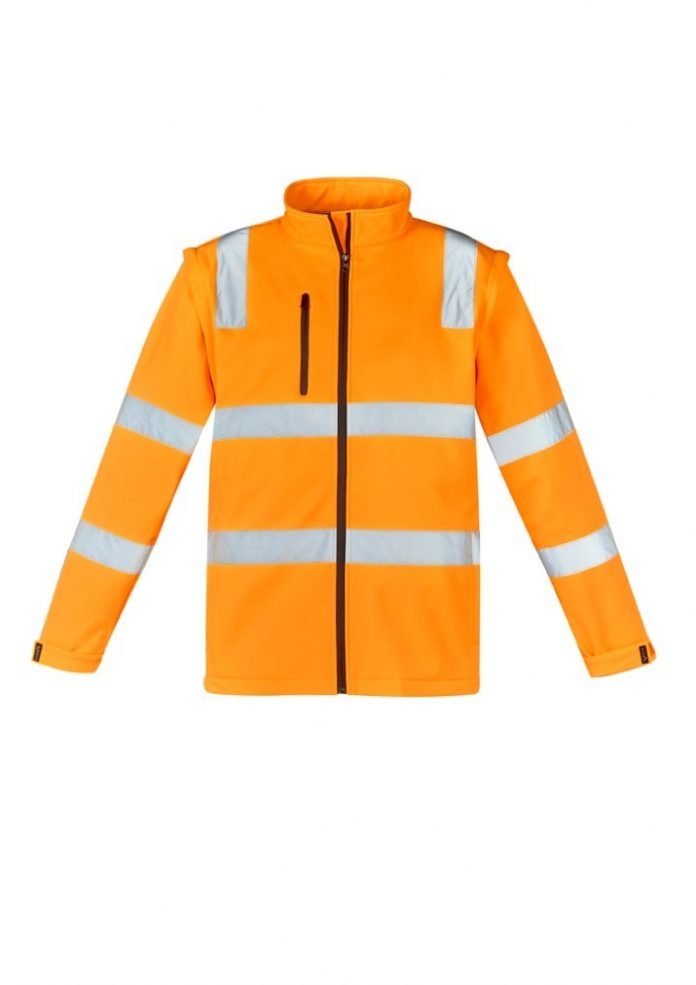Last Updated on August 6, 2024 by Nasir Hanif
Running a safe construction site includes equipping your workers with the right gear. Equipping your construction workers with personal protection equipment (PPE) gives you and your team peace of mind they’re safe on the job. Using the right PPE keeps your workers visible, safe when working under hazardous conditions and comfortable all at the same time.
For starters, dressing your workers in high vis work jacket is normally a legal requirement when working onsite. There are a number of other safety items you should consider before sending your team onsite. Read on to find out how you can keep your workers safe with the right PPE when working in construction.
Table of Contents
Construction Workers Personal Protection Equipment: 8 Vital Safety Items
1. High Visibility Clothing
Construction site safety standards stipulate the wearing of high-visibility reflective gear. These standards also stipulate what kind of fabric should be used to make this gear and whether the retroreflective materials are adequate for daytime or nighttime visibility. The fabric should also offer enough protection against harmful UV radiation when working outdoors during the day.
Equipping your workers with high vis jackets, vests and pants gives them the reassurance they’re visible when working under dangerous conditions.
2. Footwear
Wearing proper footwear is essential for keeping workers safe on construction sites. Personal protective equipment includes work boots that protect the wearer from:
- Injury caused by heavy materials falling on their feet.
- Slipping on wet surfaces while working.
- Getting punctures from protruding objects such as nails.
Closed-toed and non-slip treads should be features of protective footwear.
3. Gloves
Hand protection is essential to prevent injuries when working with heavy machinery or construction tools. Gloves can also protect the wearer when handling harmful chemicals. Hand protection items must be made with durable materials that can handle rough conditions. Cotton, rubber, liquid-resistant and leather gloves are some of the most common types used onsite.
When supplying your workers with gloves, make sure they fit properly, don’t tear easily and are suitable for the task being performed.
4. Headgear
Head protection is a must for all construction workers. Equipping your ground workers, operators of heavy machinery and those working at height with helmets is one of the best ways to give them head protection. Wearing safety helmets protect the wearer from falling objects as well as injuries caused by bumping their head against machinery or construction materials.
Consider neck protection as well, as an effective way to protect against harsh weather conditions. Using neck gaiters will keep your workers warm on cold days and protect them from breathing in dangerous particles.
5. Eye Protection
Equipping your workers with eye protection is essential when working on construction sites. Flying debris, dust and harmful chemicals are some of the things you need to protect your eyes from. Eye protection gear includes safety glasses, goggles and face shields.
Face shields are good for covering your workers’ whole face, giving them extra protection in situations where they are exposed to flying particles.
6. Ear Protection
Working on a construction site is noisy work! Sounds from heavy machinery working all day as well as blasting can damage your hearing. Depending on the noise level, you can equip your workers with preformed earplugs or canal caps. Foam earplugs may be permitted if the noise levels are low whereas soundproof ear protection may be a necessity for stronger protection.
It’s important to ensure you give your workers good quality ear protection designed for construction sites. This way, your workers stay protected while still being able to hear sufficiently when onsite.
7. Leg Protection
In most cases, it’s essential to wear long pants for leg protection. Pants made with tough materials are best for working under rough conditions. They should be tear-resistant as well as comfortable to wear. Avoid pockets that could hamper free movement and get hooked onto protruding objects or machinery.
Long pants should also be the right length and not dragging on the ground. Wearing tight pants will also hamper the worker’s ability to perform tasks properly. Getting the right fit is important for safety and comfort reasons.
8. Knee Protection
When purchasing pants for your construction workers, take into consideration knee protection.
Various tasks could require your workers to bend over or get onto their knees. Double-knee pants have reinforced padding, giving the wearer extra protection and preventing the trousers from wearing down too soon.
Equipping your workers with knee pads is also useful. Knee pads can be strapped on quickly when required. Offer this kind of gear to workers who don’t need this layer of protection often.
Final Thoughts
Equipping construction workers with the right personal protection equipment is the responsibility of every manager handling onsite work. It’s how you adhere to health and safety standards, protect your brand and maintain a good working environment where workers feel cared for.
Everybody wins when you get this right!
Apart from this, if you are interested to know more about 10 Safety Things to Take Care While Building a Home then visit our Real Estate category.



























